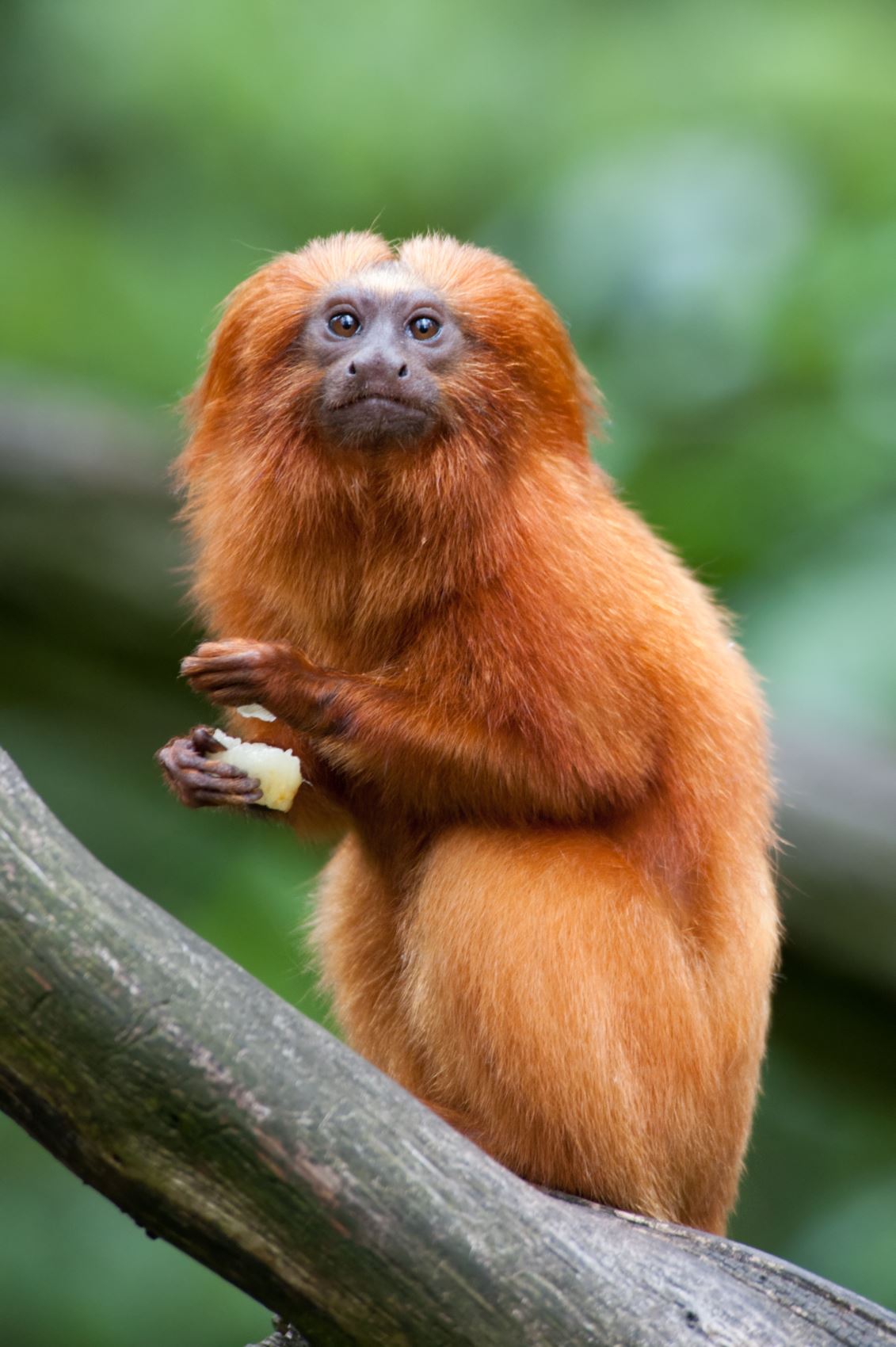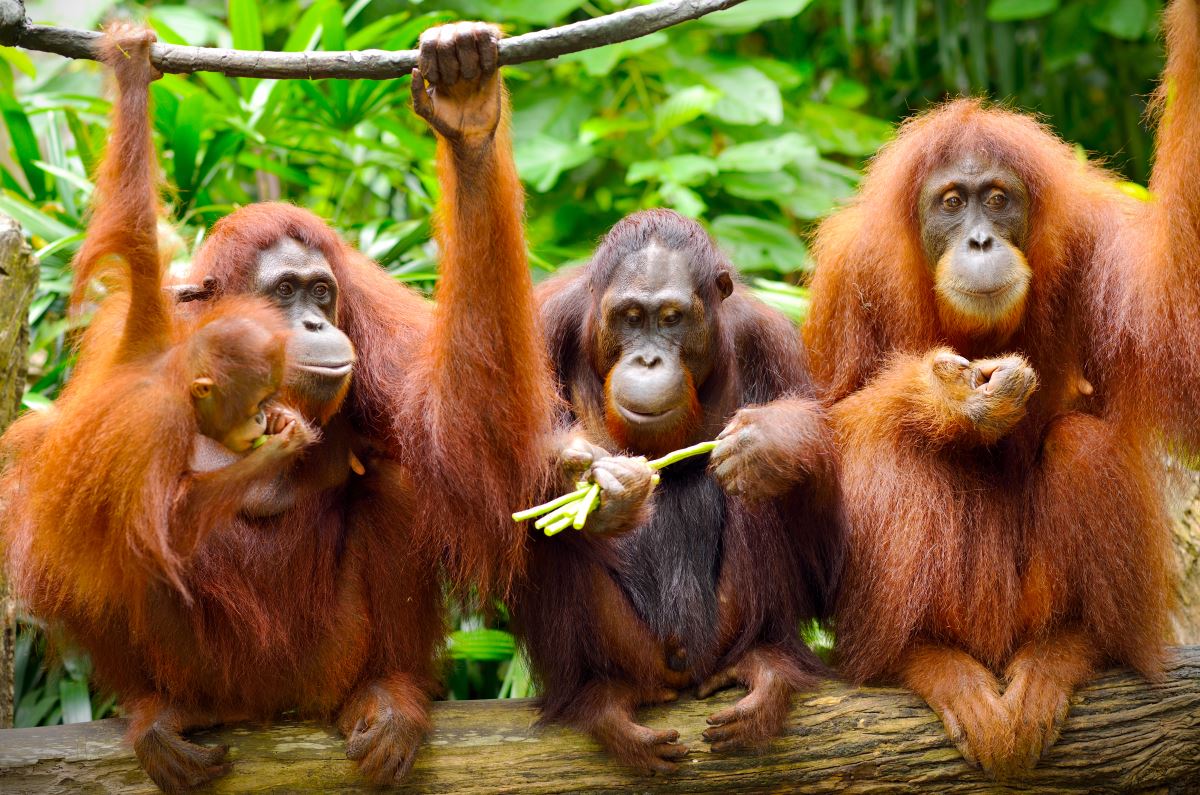
Gerald Durrell is a name synonymous with conservation efforts. Today, Durrell Wildlife Conservation Trust stands as the direct continuation of the Trust he created in 1963 and its mission; saving species from extinction. Durrell’s Rick Jones reports on the plight of South America’s last remaining tamarins and how you could help them fight back from the brink of extinction

Jersey’s iconic Durrell Wildlife Park, usually referred to simply as Durrell, is home to around 120 species of animal, most of which are endangered in the wild. The park was founded in 1959 by author Gerald Durrell, and became the headquarters of a charity dedicated to saving species from extinction in 1963. From its very beginnings, the park had a greater purpose than to simply attract visitors. Gerald conceived it to be an ark for animals that were under threat and overlooked, as he well understood that the smaller animals – often those that went un-championed – were vital pieces of the bigger picture; the ecosystems that support all life on Earth.
The tiny, mostly unknown monkeys that make up Callitrichidae – the tamarins and marmosets – are some of the human race’s smallest relatives. All of the 41 species come from the famously exploited South American rain forests, where hardwoods are harvested, beef grazing pastures are created and cities are in a constant state of expansion. As a result, these miniature monkeys are exactly what the ark was built for, and on a visit to Durrell, you’re likely to find yourself surrounded by gorgeous golden lion tamarins – a species that you’d be lucky to see even in their native Brazil.
‘Surrounded’ is no exaggeration. After visiting Durrell’s famous Sumatran orangutan family – the stars of several prominent TV documentaries – a short walk will lead you to a beautiful green valley, where the branches of hundred year-old trees entangle over pathways rippling with Jersey sunlight. Here, a rustle from above has equal chances of being a visiting tree-creeper bird, a native red squirrel, or one of three species of South American tamarind monkey, roaming completely free and displaying entirely natural behaviours.

Their squeaks and chirps are bird-like, ideal for communicating across dense foliage, and here, without cages or fences, they call to one another just as they would in the Colombian or Brazilian jungle. Durrell’s work with tamarin monkeys. extends way beyond Jersey. Having kept various species at the Wildlife Park for the past 26 years, the staff have had the opportunity to learn all about these essential and adorable monkeys.
Tamarin breeding in Jersey is arguably more successful than anywhere else on Earth – given the loss of their wild habitat. Likewise, when South American rescue centres published information on tamarins over a decade ago, they gave four years as an average life expectancy. Through careful study and a healthy dose of care, many of Durrell’s tamarins have lived beyond 21 years-old, providing many precious babies to the captive conservation population.
Unlike many species, captive-bred tamarins can and have left Durrell to return to the wild. Allowing them to live in the woods in family groups ensures all of the life-skills a wild tamarin family requires are in-place and well practiced. To date, some of the golden lion tamarind populations still found in Brazil owe their presence to Jersey-bred ancestors. But despite Durrell’s efforts, not all tamarin species are ‘out of the woods’.
.jpg)
One in particular, the black lion tamarind of Brazil’s interior Atlantic rainforest, faces serious issues not only in the wild, but also in captivity. Unable to travel at any distance across the clear-cut ground where the sprawling forest once stood, family groups of black lion tamarins are confined to tiny forest fragments, unable to reach other, and are slowly inbreeding themselves out of health, disease resistance and, ultimately, any chance of survival.
Perhaps unsurprisingly, Durrell and Brazilian field partners Instituto de Pesquisas Ecologicas (IPE) have been working to remedy this for the last decade, employing local landless people to plant tree corridors linking tamarin habitats across the landscape. To date, over eight million trees have been planted, and tamarin research stations have been linked back to the Morro do Diabo State Park that contains the largest remaining wild population of black lion tamarins. Still, the entire wild population remains at under 1,000 individuals.
However, the situation in captivity is desperate, and Durrell now possess the last unrelated breeding pair outside of South America. New blood for the breeding programme is desperately required, and that will involve costly importation from Brazil. As such, Durrell and the tamarins, need your backing.
